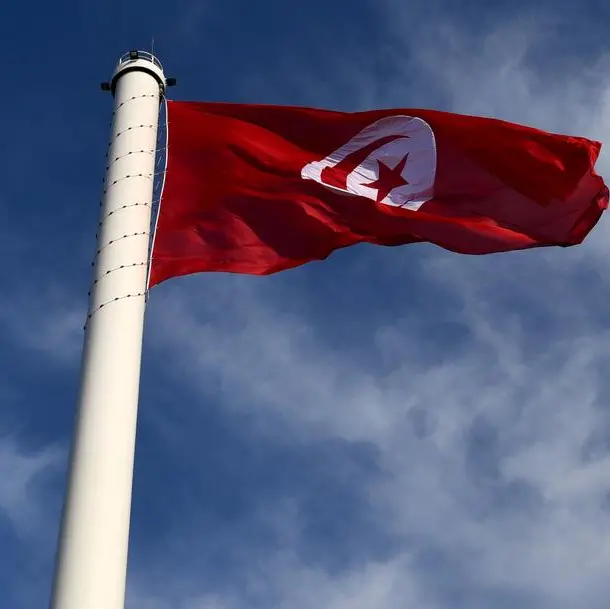PHOTO
Fitch Ratings has revised the outlook on Egypt’s Long-Term Foreign-Currency (LTFC) Issuer Default Rating (IDR) to Positive from Stable, while affirming the IDR at ‘B-‘. The credit rating agency made the announcement on Friday.
The revision reflects reduced external risks for Egypt. Fitch cited the recent investment deal with the United Arab Emirates (UAE), a shift to a more flexible exchange rate regime, and tighter monetary policy have unlocked additional financing from international institutions. These factors have also helped attract sizeable non-resident inflows to Egypt’s domestic debt market. The UAE deal underscores the strength of GCC financial support for Egypt. Additionally, Fitch believes exchange rate flexibility is likely to be more durable than previous efforts. Initial steps to contain off-budget spending should also help to reduce public debt sustainability risks.
Stronger Foreign Investment
A key element of the positive outlook is the $35bn investment deal with the UAE. The agreement will bring $24bn of fresh foreign currency inflows in the fiscal year ending June 2024 (FY24). Half of these funds will go directly to the Ministry of Finance, lowering debt issuance needs. The remaining half will accrue to the New Urban Community Authority. Additionally, the deal converts existing UAE foreign currency deposits held at the Central Bank of Egypt (CBE) into local currency deposits for investment purposes, reducing Egypt’s external debt by USD11 billion.
Additional Capital Inflows
Further supporting Egypt’s improved outlook, the International Monetary Fund (IMF) augmented its Extended Fund Facility (EFF) by $5bn to a total of $8bn at the first review in March. Additionally, the EU approved a three-year support package of EUR7.4bn. Moreover, non-resident holdings of domestic debt rose to $35.3bn, up from $16.6bn at the end of 2023. These significant capital inflows reduced the net foreign liability positions of the CBE and Egyptian banks.
FX Reserves to Strengthen
Fitch forecasts Egypt’s gross foreign exchange (FX) reserves will increase by $16.2bn in FY24 to USD49.7 billion. This growth comes despite a temporary widening of the current account deficit to 5.2% of GDP. The deficit expansion is partly due to lower oil and services exports and a temporary boost to imports from the recent clearance of an estimated $8bn FX backlog. Increased remittances, driven by greater confidence in the exchange rate, will help narrow the current account deficit to 2.3% of GDP in FY25. Fitch projects FX reserves will rise further to $53.3bn by the end of FY25 – equivalent to 5.6 months of current external payments.
Policy Adjustments, Fiscal Reforms
The 38% depreciation of the official exchange rate in March to EGP49.4/USD has eliminated the large divergence with the parallel market rate. The interbank FX market has also revived, with daily turnover volumes increasing more than tenfold since February. While an external shock could test authorities’ commitment, Fitch has greater confidence that exchange rate flexibility will be more durable. This confidence is partly due to IMF monitoring under the EFF, which runs until late 2026.
The Egyptian government has taken initial steps to better monitor and contain off-budget expenditure. This includes the phased inclusion of 59 Economic Authorities in the general government perimeter and a cap on overall public investment. The sharp increase in CBE deficit financing seen in early 2023 has also reversed.
Egypt’s ‘B-‘ IDRs also reflect the following key rating drivers:
Structural Reforms Support Growth: Progress in implementing structural reforms laid out in the IMF EFF will be key to increasing private sector activity, competitiveness, and sustainable growth. These reforms could potentially lift growth rates and reduce the risk of renewed imbalances.
Fiscal Consolidation Underway: Fitch forecasts the general government deficit to narrow slightly in FY24 to 5.5% of GDP, due in part to revenues from the Ras El-Hekma deal. However, the deficit is projected to widen again to 8.8% of GDP in FY25, exceeding the central government target of 7.3%. This widening reflects primarily rising debt interest costs. Despite this, general government debt/GDP is projected to fall to 84.5% of GDP at FYE25, from 95.9% at FYE23,driven by primary surpluses and strong nominal GDP growth.
Debt Sustainability a Concern: Egypt’s very high debt interest costs remain a key vulnerability. Debt interest as a percentage of revenue is projected to peak at close to 68% in FY25, but a large fall in the policy interest rate could ease pressure in subsequent years. There remains a lack of visibility on Egypt’s complex broader public sector, which creates uncertainty about contingent liabilities and adds to fiscal risks.
Inflation and Risks: Inflation is projected to fall to 12.3% in June 2025, helped by higher interest rates, easing supply constraints, and exchange rate stability. However, geopolitical tensions in the region could disrupt tourism and Suez Canal revenues. Additionally, Egypt faces a risk of greater social instability if high inflation and structural challenges, such as youth unemployment and weak governance, are not addressed.
© 2024 Daily News Egypt. Provided by SyndiGate Media Inc. (Syndigate.info).












